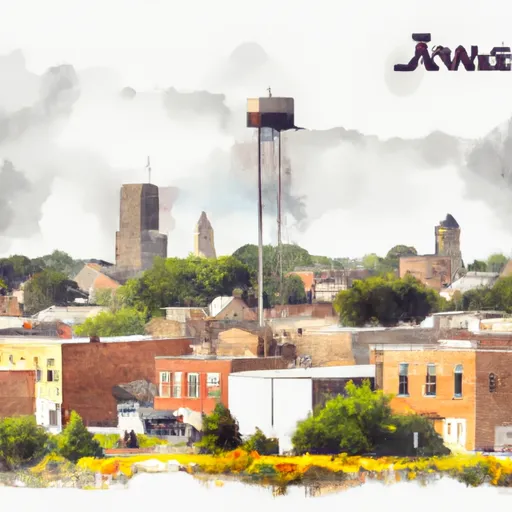°F
°F
mph
Windspeed
%
Humidity











Ionia, Iowa is a small town located in northeastern Iowa, within Chickasaw County. The climate in Ionia tends to be typical of the Midwest, characterized by warm summers and cold winters. Average temperatures range from the 80s°F (27°C) in the summer to the 20s°F (-6°C) in the winter. Precipitation is evenly distributed throughout the year, with an average annual rainfall of around 35 inches.
The town of Ionia is situated near the upper reaches of the Cedar River watershed. The Cedar River is an important hydrological feature in the area, providing opportunities for recreational activities such as fishing, boating, and kayaking. The river supports a diverse aquatic ecosystem, with popular fish species including walleye, smallmouth bass, and northern pike.
In addition to the Cedar River, Ionia is surrounded by scenic natural landscapes, making it an excellent location for outdoor enthusiasts. The town is close to several state parks and forests, offering hiking trails, camping sites, and wildlife viewing opportunities. Nearby attractions include the Wapsipinicon State Park, located approximately 20 miles southeast of Ionia, which features a variety of recreational activities, including fishing, boating, and picnicking.
Overall, Ionia, Iowa offers a pleasant climate, access to the Cedar River, and various outdoor recreation opportunities, making it an ideal destination for nature lovers and those seeking an active lifestyle.
Weather Forecast
Ionia receives approximately 913mm of rain per year, with humidity levels near 83% and air temperatures averaging around 8°C. Ionia has a plant hardyness factor of 5, meaning plants and agriculture in this region thrive during a short period during spring and early summer. Most plants will die off during the colder winter months.
Regional Streamflow Levels
5
Cubic Feet Per Second
10
Cubic Feet Per Second
62
Cubic Feet Per Second
45
Cubic Feet Per Second
Nearby Camping
| Camping Area | Reservations | Toilets | Showers |
|---|---|---|---|
| Lake of the Ozarks Military | |||
| Thomas Hill Reservoir - Hwy T Campground - MDC | |||
| Binder Park | |||
| Long Branch State Park | |||
| McGowen Rec Area | |||
| Thousand Hills State Park |



